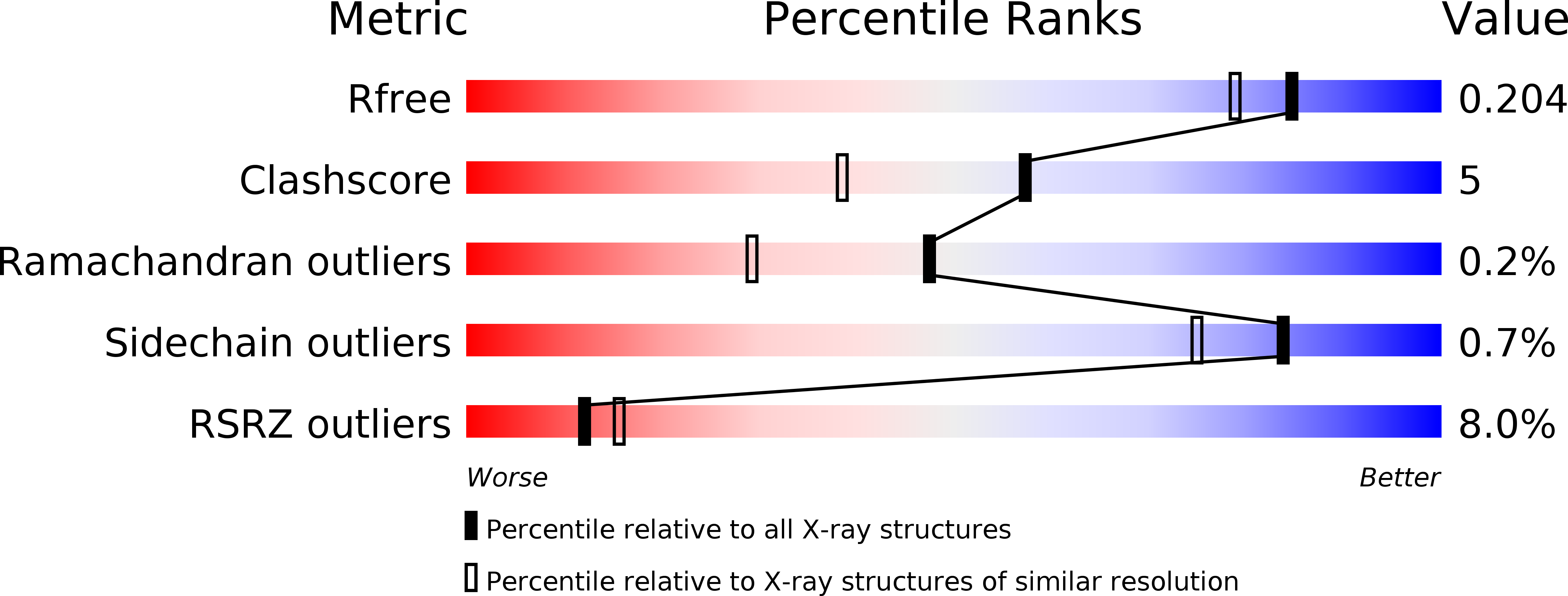
Deposition Date
2010-12-12
Release Date
2011-06-15
Last Version Date
2024-02-21
Entry Detail
PDB ID:
3PY8
Keywords:
Title:
Crystal structure of a mutant of the large fragment of DNA polymerase I from thermus aquaticus in a closed ternary complex with DNA and ddCTP
Biological Source:
Source Organism:
Thermus aquaticus (Taxon ID: 271)
Host Organism:
Method Details:
Experimental Method:
Resolution:
1.74 Å
R-Value Free:
0.19
R-Value Work:
0.16
R-Value Observed:
0.17
Space Group:
P 31 2 1


